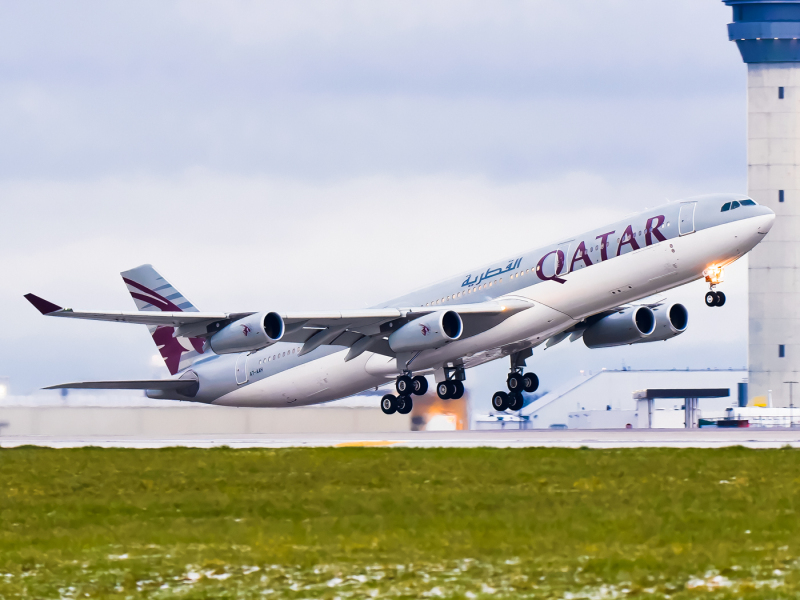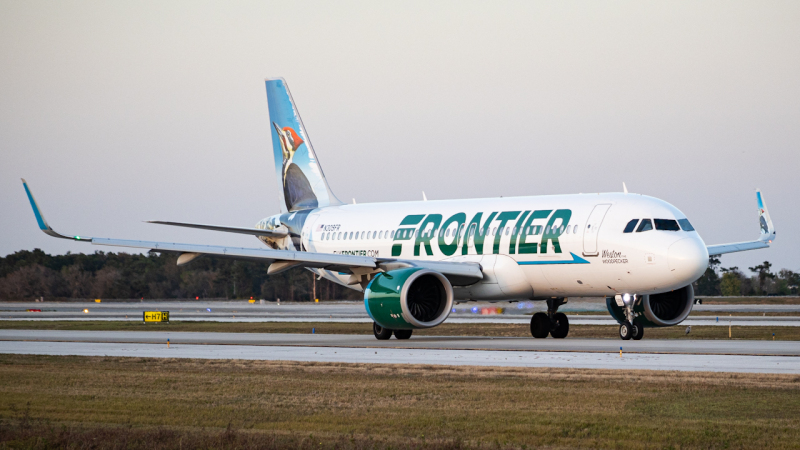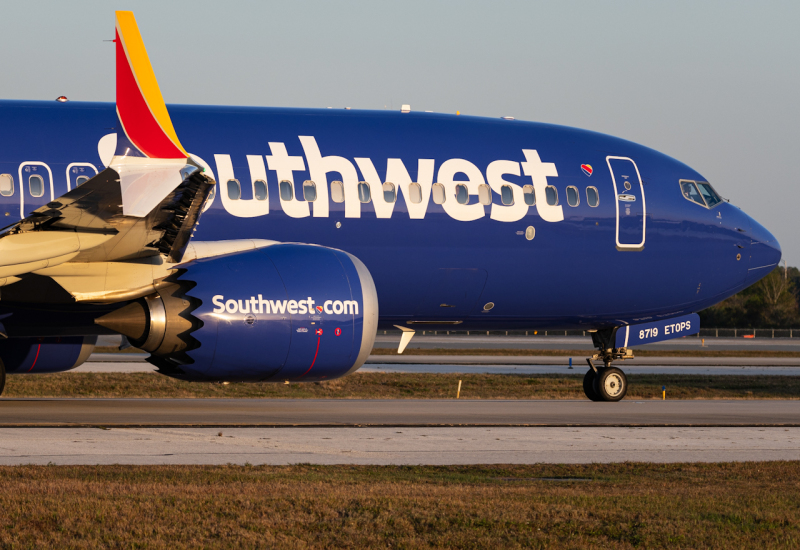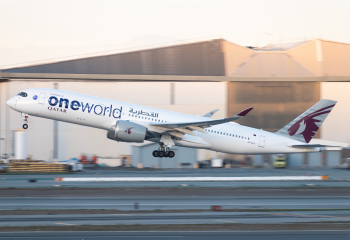Introduction
Since airlines and regulatory bodies worldwide have enforced strict safety regulations, flying has become one of the safest forms of transportation. However, flight safety is still the top priority for aviation experts worldwide since even seemingly small events can have catastrophic consequences. This includes anything from mechanical failures to unfavorable weather that can lead to aircraft accidents or catastrophes. Also, look at this page for Best Student Travel Destinations in 2024. Here, we'll look at some important tactics and procedures to stop them while in flight.

Maintenance and Inspection Procedures
To guarantee flight safety, aircraft must operate as efficiently as possible, and airlines must adhere closely to the preventative maintenance schedules established by manufacturers and authorities. To ensure that all aircraft systems, engines, and structures fulfill stringent safety criteria, skilled technicians conduct quick and comprehensive inspections, testing, and repairs regularly. By proactively identifying potential maintenance issues with predictive maintenance methods and contemporary diagnostic equipment, airlines may avert in-flight failures and safeguard the safety of both passengers and crew.
Comprehensive Pilot Training and Proficiency
Aviation safety is fundamentally based on pilot skills. Pilots must complete rigorous training and certification processes to acquire all the abilities and know-how required for safe aircraft navigation in various situations. Programs for training include classroom teaching, practical flying training, and interactive simulator sessions that mimic real-world scenarios or crises. In addition to regular training sessions, frequent proficiency exams and refresher courses are held to ensure pilots retain their competency and stay current with their abilities. Experienced pilots can better respond appropriately in unexpected situations or emergencies, lowering risks and ensuring the crew's and passengers' safety.

Robust Safety Management Systems
Airlines employ safety management systems (SMSs) to systematically detect, assess, and minimize flight-related dangers. These systems include thorough safety audits, incident reporting channels, and risk assessment procedures designed to detect potential dangers early and take prompt remedial action. Airlines strive to prevent accidents or emergencies before they occur by fostering a culture of safety and continuous improvement in their core operations. Additionally, SMS encourages open communication among stakeholders, motivating staff members to voice safety concerns to establish a safer operating environment.
Utilizing Advanced Technologies and Automation
Automation and modern technologies have significantly improved flying safety. The aviation industry has witnessed significant advancements in situational awareness and risk mitigation through inventions like weather radar systems, fly-by-wire controls, and collision avoidance systems. Pilots can monitor critical aircraft systems, optimize flying settings, and promptly detect any risks with the help of automated technologies. Airlines can now identify and respond to new safety trends rapidly thanks to real-time data analysis and predictive analytics. While technology significantly contributes to increased safety, it must be tempered with human involvement to guarantee pilots maintain the awareness and abilities needed to respond to situations.

Effective Emergency Response Plans
Even with rigorous safety measures in place, emergencies remain possible during flight. Airlines create comprehensive emergency response plans to respond quickly and effectively in case of mechanical breakdown, medical emergencies, or security incidents. Flight crews receive rigorous emergency training, such as evacuation drills, fire suppression drills, and first aid administration. Airlines work closely with regulatory authorities, airports, and emergency services to coordinate response efforts seamlessly and minimize their effects on passengers and crew alike in case of emergencies. In case you have an academic emergency, check out Speedy Paper help.
Continuous Monitoring and Improvement
Flight safety is a constant goal that requires continuous observation and improvement. Robust systems, such as real-time tracking of aircraft performance and adherence to safety procedures, are put in place by airlines to oversee flight operations. Audits and assessments are carried out regularly to determine where improvements may be made and gauge how effective safety measures are. Airlines can take proactive measures to address developing hazards and perform corrective steps by conducting safety surveys, analyzing incident data, and receiving stakeholder input. Promoting a culture of continuous improvement motivates staff members to actively engage in safety-related efforts at all levels, which in turn aids in developing protocol updates that safeguard operational integrity.

Conclusion
Flight safety is an ongoing commitment that demands multifaceted solutions, from rigorous maintenance procedures and pilot training programs, robust safety management systems, advanced technology applications, and emergency response plans, all the way through prioritizing safety at every stage of flight operations, creating a culture of continuous improvement, and prioritizing it at each step to reduce accidents and ensure passenger and crew well-being. As aviation continues to advance, sustained funding and dedication are required to uphold strict guidelines for flight safety today and in the future. This entails applying new technologies as they become available, maintaining up-to-date with industry best practices, and consistently assessing and enhancing safety procedures. The aviation sector should aim for even fewer accidents by continuously putting safety first and funding innovations.
Comments (0)
Add Your Comment
SHARE
TAGS
INFORMATIONAL Flight Safety Emergency Plane Crash Aviation Safety Aviation Commercial AviationRECENTLY PUBLISHED
 Learjet Owned By Vince Neil Crashes Into Gulfstream Jet, 1 Fatality Confirmed
On February 10th, around 14:30 local time, a Learjet private jet aircraft crashed into another private jet after landing at Scottsdale Airport (SCF) in Arizona.
NEWS
READ MORE »
Learjet Owned By Vince Neil Crashes Into Gulfstream Jet, 1 Fatality Confirmed
On February 10th, around 14:30 local time, a Learjet private jet aircraft crashed into another private jet after landing at Scottsdale Airport (SCF) in Arizona.
NEWS
READ MORE »
 Seattle Plane Strike 2025: Japan Airlines and Delta Collision Raises Safety Concerns
Seattle-Tacoma International Airport saw a concerning incident on Wednesday morning when a Japan Airlines (JAL) plane clipped a parked Delta Air Lines jet while taxiing. Thankfully, no one was injured, but passengers described the collision as a frightening experience.
NEWS
READ MORE »
Seattle Plane Strike 2025: Japan Airlines and Delta Collision Raises Safety Concerns
Seattle-Tacoma International Airport saw a concerning incident on Wednesday morning when a Japan Airlines (JAL) plane clipped a parked Delta Air Lines jet while taxiing. Thankfully, no one was injured, but passengers described the collision as a frightening experience.
NEWS
READ MORE »
 Ethiopian Airlines Expands Cargo Fleet with New Boeing 777 Freighter
Ethiopian Airlines has expanded its cargo fleet with a brand-new Boeing 777 Freighter, registered as ET-BAB (MSN 68140). The aircraft was delivered directly from Boeing’s factory in Everett, Washington, USA, and landed at Addis Ababa Bole International Airport at 3:41 PM (GMT+3) on Wednesday, January 22, 2025.
NEWS
READ MORE »
Ethiopian Airlines Expands Cargo Fleet with New Boeing 777 Freighter
Ethiopian Airlines has expanded its cargo fleet with a brand-new Boeing 777 Freighter, registered as ET-BAB (MSN 68140). The aircraft was delivered directly from Boeing’s factory in Everett, Washington, USA, and landed at Addis Ababa Bole International Airport at 3:41 PM (GMT+3) on Wednesday, January 22, 2025.
NEWS
READ MORE »





